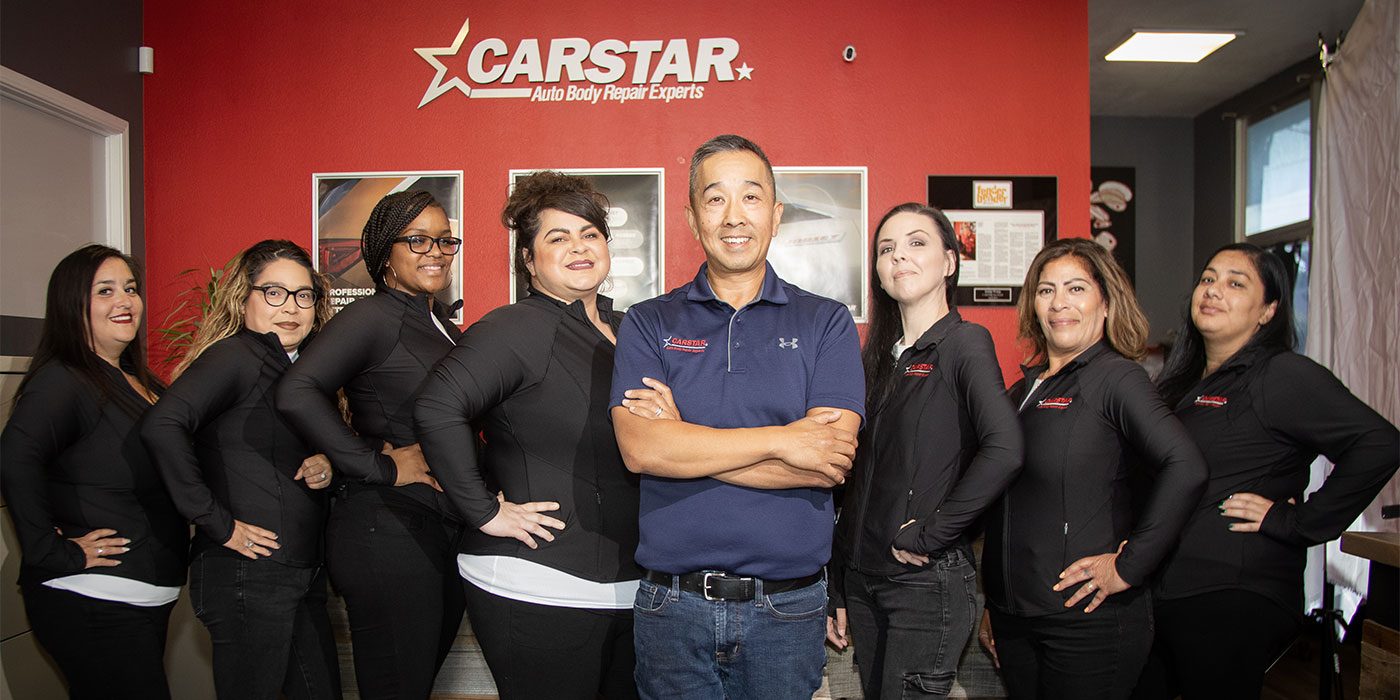ing interesting projects and identifying improvement areas.
Make People Your Priority
Operators and managers have been investing heavily over the past two decades to acquire, learn and create the tools and strategies needed to advance operational capabilities – yet they’ve been ignoring the capital resources that make everything work: people. It’s time to devote all process improvement efforts and capital investments to your people systems. After all, employees and managers are the only capital assets that improve over time and have a capability to create, innovate and share the knowledge needed to achieve continuous operational excellence.
Writer Jake Snyder is the principle of CR Management Systems, a consulting, training and business-development company. He’s been in the industry for more than 15 years, has managed a collision repair facility, held various claims positions with Allstate Insurance Company, and performed consulting and product development for Body Shop Video’s, Business Development Group. Snyder can be contacted at (732) 886-5340 or at [email protected].
|
Molding a Few Good Men As an enlisted member of the Marine Corps 20 years ago, I served as a team leader. I worked with a group of men whose ages ranged from 18 to 22 and who came from diverse socioeconomic backgrounds. Though we were young and underpaid, we were charged with maintaining the systems on a $100 million aircraft. We worked together as a team and were trained, empowered and expected to make independent decisions and resolve operating issues. Contrary to what many people think about military training and performance, we weren’t driven to perform by a fear of retribution. Individual and team success was driven by organizational pride and commitment. Excellence wasn’t demanded; it was expected. And as a team, failure to achieve an objective wasn’t an option. The team was responsible for – and willing to – provide the necessary training, coaching and encouragement to improve and maintain our unit’s readiness and integrity. Squadron and unit objectives were always clearly defined, and team performance was recognized over individual success. The Marine Corps takes young – and often immature – people and quickly satisfies all their basic needs (food, shelter, acceptance, self-worth, etc.), so they can focus on trying to “self actualize” people as rapidly as possible. Self actualization is the Marine Corps credo of “being all you can be.” It’s amazing when you think about taking very, very raw individuals (by society’s and many shop owner’s standards) and quickly indoctrinating (by satisfying all lower-level needs) them to start working on their highest needs so they soon feel confident to work in and on very complex, demanding systems and environments. The Marine Corps performance management is successful because of:
Our Armed Forces today employs 613,000 people between the ages of 17 and 26, whose yearly salaries range from $12,700 to $19,775. Translated into a 40-hour week, the average hourly pay range is between $6.10 and $9.50 an hour! (And the work week is often more than 40 hours: Shipboard, it’s 84 hours a week; ground combat, 168 hours a week.) These people make up the majority of frontline employees and operate state-of-the-art systems, perform complex processes under demanding circumstances and are responsible for the security of almost 300 million people and an immeasurable amount of property. Performance management does work, I can assure you. |
|
Maslow’s Motivation Theory Maslow said the hierarchy is dynamic and the dominant need is always shifting. For example, the musician may be lost in the self-actualization of playing music, but eventually becomes tired and hungry so he has to stop. Also, a single behavior may combine several levels. For example, eating dinner is both physiological and social. The hierarchy doesn’t exist by itself but is affected by the situation and the general culture. Satisfaction is relative. Finally, he noted that a satisfied need no longer motivates. For example, a hungry man may be desperate for food, but once he eats a good meal, the promise of food no longer motivates him. Maslow’s Hierarchy of Needs: 1. Physiological Needs. These needs are biological and consist of the needs for oxygen, food, water and a relatively constant body temperature. These needs are the strongest because if deprived, the person would die. 2. Safety Needs. When the physiological needs are largely taken care of, this second layer of needs comes into play. You’ll become increasingly interested in finding safe circumstances, stability and protection. You might develop a need for structure, order and some limits. Looking at it negatively, you become concerned, not with needs like hunger and thirst, but with your fears and anxieties. In the ordinary American adult, this set of needs manifest themselves in the form of our urges to have a home in a safe neighborhood, a little job security, a nest egg, a good retirement plan, a bit of insurance, and so on. 3. Love, Affection and Belongingness Needs. When physiological needs and safety needs are, by and large, taken care of, a third layer starts to show up. You begin to feel the need for friends, a sweetheart, children, affectionate relationships in general and even a sense of community. Looked at negatively, you become increasing susceptible to loneliness and social anxieties. In our day-to-day lives, we exhibit these needs in our desires to marry, have a family, be a part of a community, a member of a church, a brother in a fraternity, a part of a gang or part of a bowling team. It’s also a part of what we look for in a career. 4. Esteem Needs. Next, we begin to look for a little self-esteem. People need a stable, high level of self-respect and respect from others to feel satisfied, self confident and valuable. 5. Self-Actualization Needs. Maslow describes self-actualization as an ongoing process. Once engaged, these needs continue to be felt. In fact, they’re likely to become stronger as we "feed" them. They involve the continuous desire to fulfill potentials and to be all that you can be. They’re a matter of becoming the most complete and fullest "you" — hence the term, self-actualization. |













